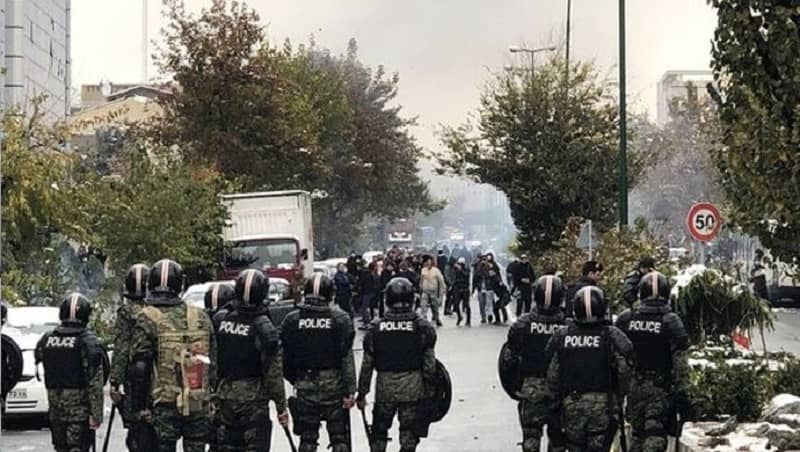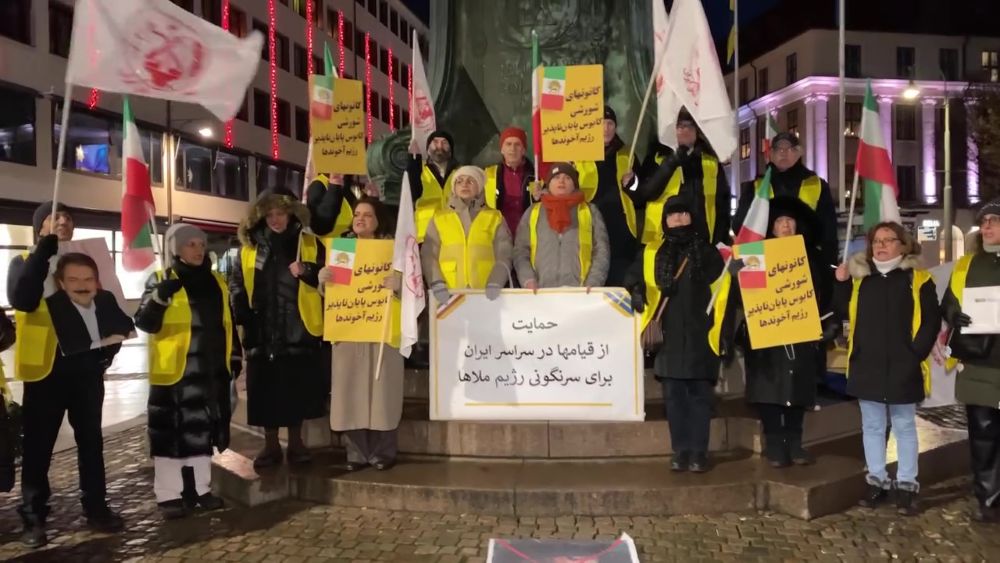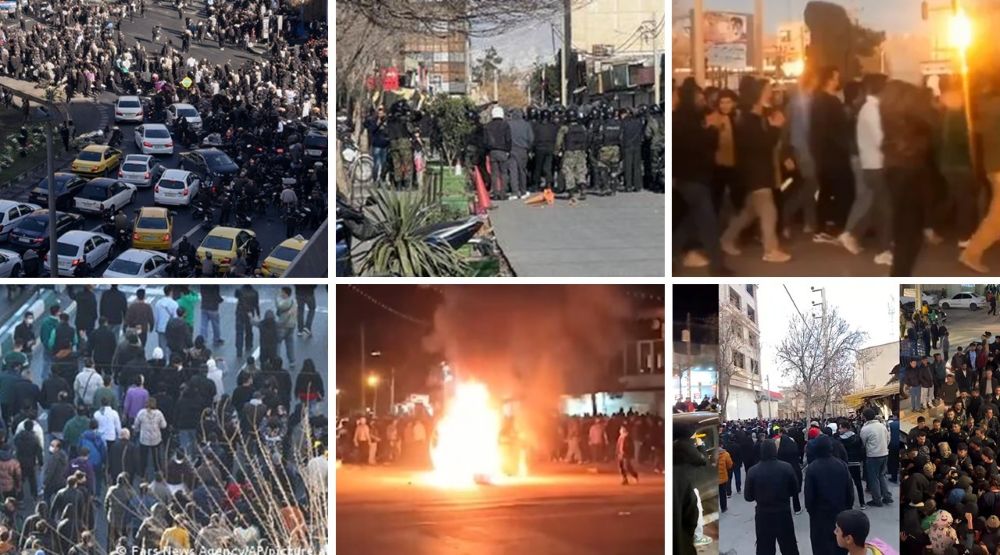
Iran’s regime is promoting the State Security Forces (SSF) to the level of the Revolutionary Guards (IRGC) and the army.
Chief of Staff of Armed Forces Mohammad Bagheri announced the change on December 9, 2021, and regime media reported that the plan was approved and signed by supreme leader Ali Khamenei three weeks prior to that.
“There are high expectancies from the SSF, and in comparison to other armed forces, the SSF is expansive at all levels… and present in all aspects of people’s lives,” Bagheri said.
Bagheri added that the changes are expected to make the SSF “dynamic, powerful, and agile” and “more cohesive and coordinate with other branches of the armed forces.”
Why has the regime suddenly decided to make such an alteration? There are two key contributing factors.
First, Iran’s society is a powder keg, a fact that the regime’s own media and analysts are warning about. In recent years, Iran has been in constant turmoil, with sporadic and nationwide protests taking place at shorter intervals.
The mullahs have only been able to keep the outraged population in check through excessive violence. During the November 2019 protests alone, the security and armed forces gunned down 1,500 protesters.
However, the regime has not been able to put down the flame of resistance and dissent across Iran. The mullahs are not addressing the country’s fundamental economic problems. As a result, people constantly return to the streets to protest.
The most recent protests in Isfahan were indicative of the state of outrage across the country. Given the current circumstances, the regime hopes that by bolstering its State Security Forces, it will be able to better respond to protests sparking across the country.
A second important factor is the low morale of the mullahs’ forces. This crackdown apparatus is losing its efficiency against the Iranian population’s growing outrage and determination.
By promoting the suppressive SSF, the mullahs hope to give their forces and commanders a boost of morale and provide them with incentives to stay on the losing side.
This is a path that the Shah, the mullahs’ predecessor, went down in 1979 to no avail. The Shah appointed one of his top generals as prime minister and restructured the executive branch into a military body, hoping to control the Iranian society’s bursting outrage. His regime collapsed just three months later. As we speak, the mullahs are going down the same path, hoping for a different outcome.



